The Mighty Cran
It’s one of the superest of superfruits. With a taste that can’t be imagined. Farmed by mavericks. Enjoyed by the bold. Pucker up, cran fans. This little berry is full of surprises.
Born in the Bogs of North America
From Northeast. To Northwest. To the wetlands in between. These sun-kissed berries are one of three OG fruits from North America. You’ll find them on long-running vines in bogs (that’s just spongy, soft-soiled ground).
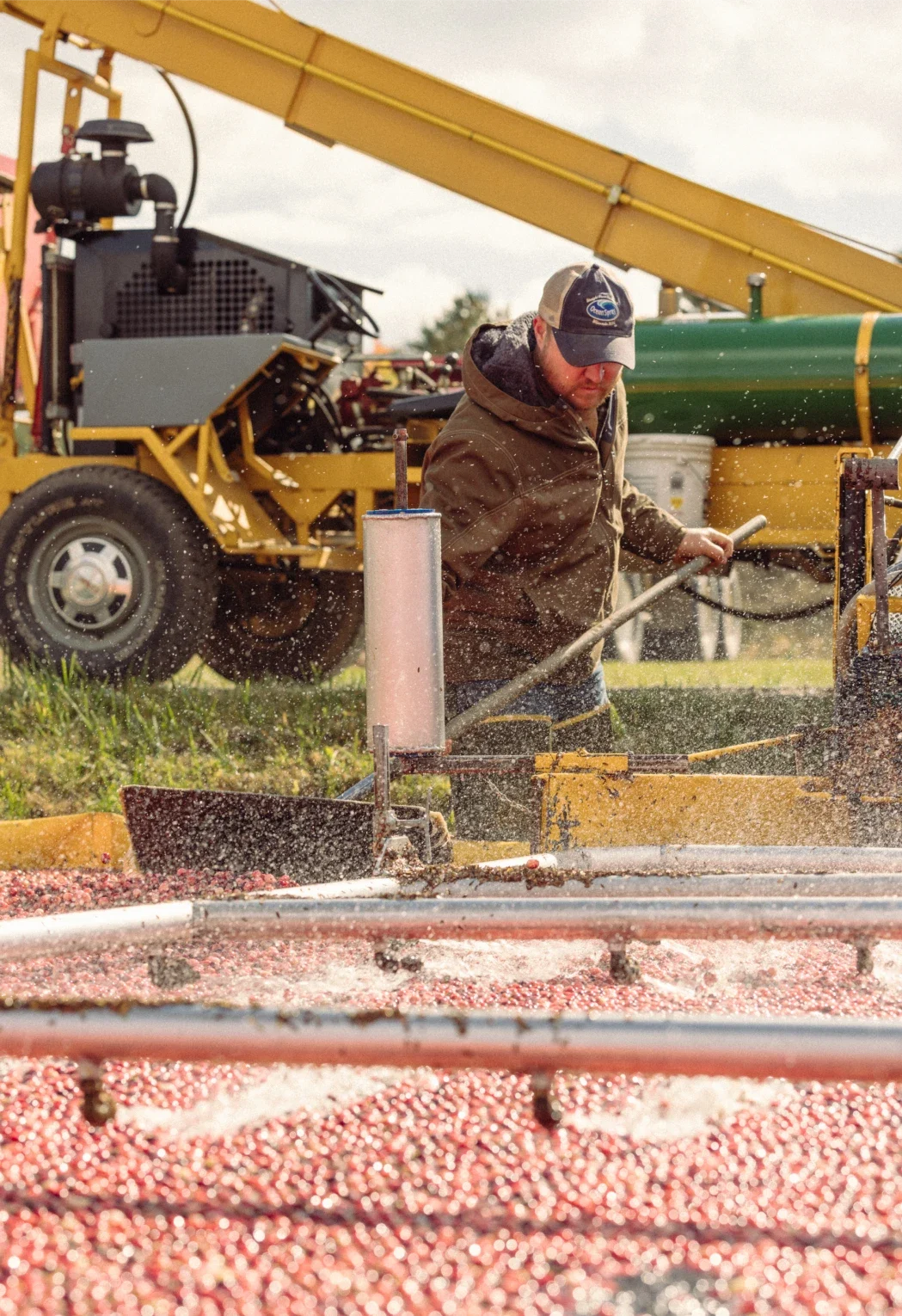
Raised Rough
Cranberries are stubborn. But in a good way. They live for the moist soil of bogs and marshes. Dig harsh winters. Unlike their other precious fruit friends. And they love a bit of sunshine when they can get it.
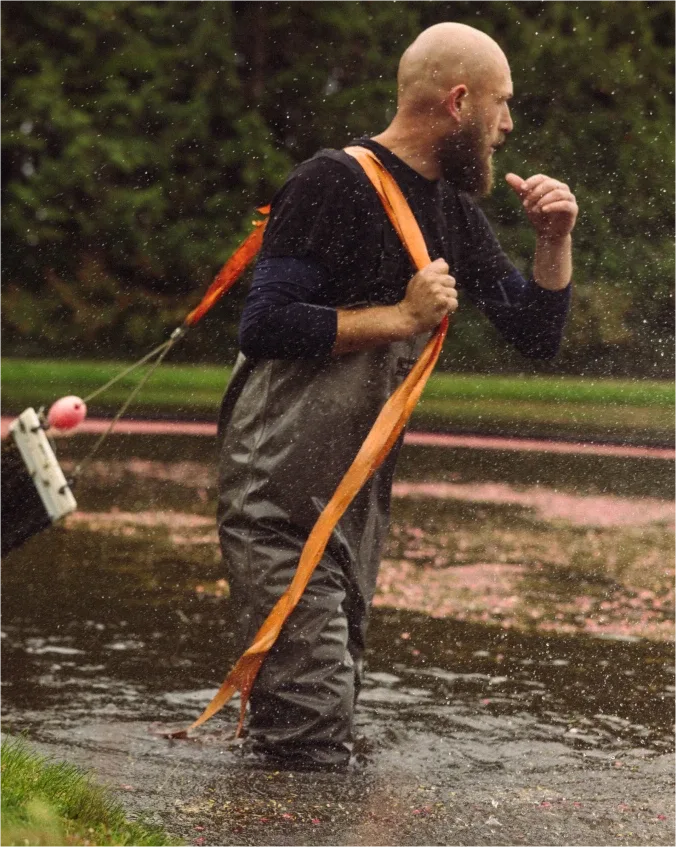
Two ways to do it. The first is dry harvest. Basically, a giant lawnmower combs the crimson berries from their vine. The other is wet harvest. Where we churn the bog water with the biggest “egg beaters” imaginable. The ripe berries rise to the surface. Thanks to tiny air pockets inside.
A vibrant wave of puckered perfection. Imagine a crisp breeze. But on your tongue. And each bite releases a satisfying pop. Waking up your senses to what comes next.
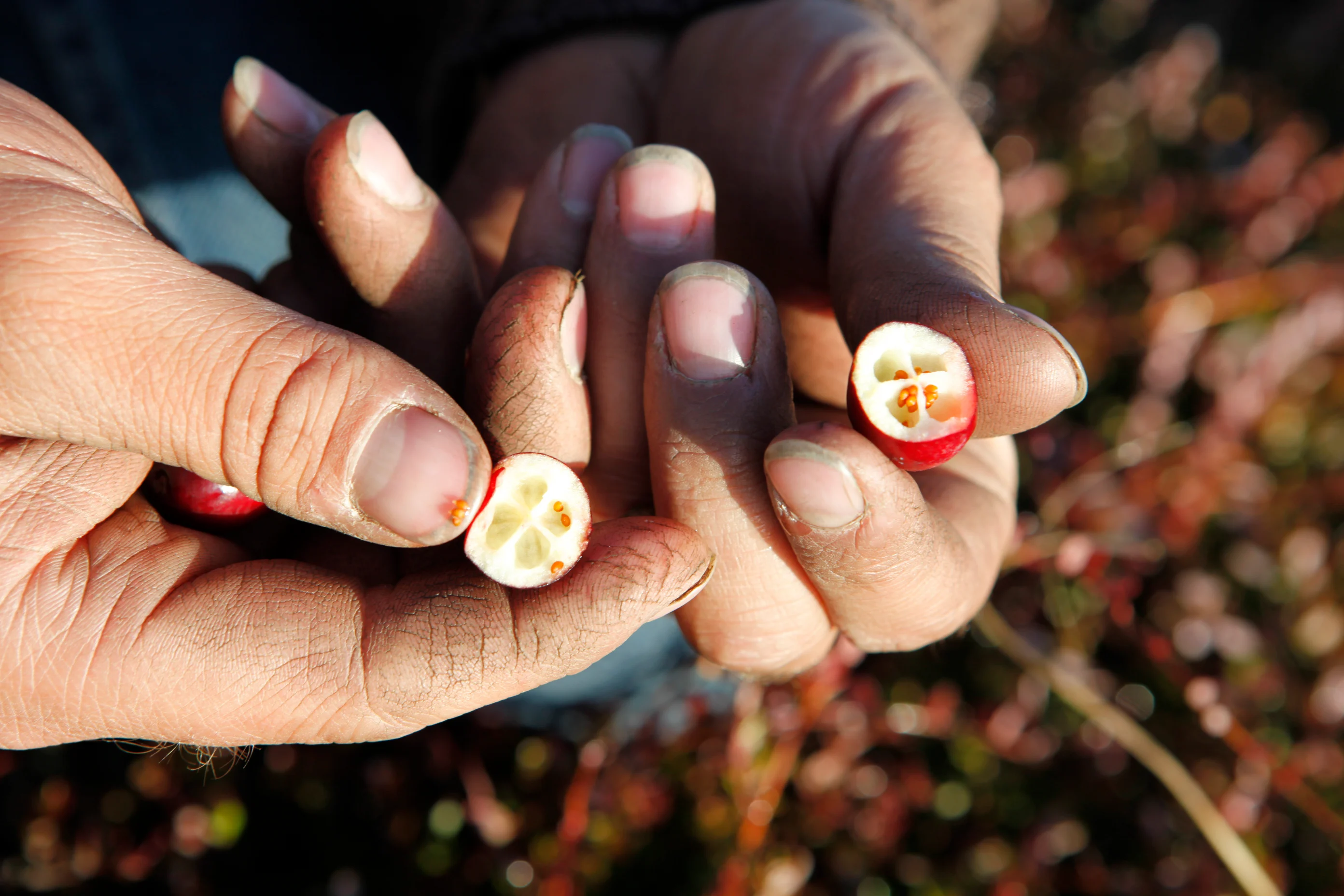
“Cranberries are a unique and special crop. The beauty of the harvest, the connection with family, and the relationships within the grower community make it a rewarding way of life.”
Shawn Cutts, Farmer-Owner
A history as rich as its flavour
Did you know?
The Cran's Early Uses
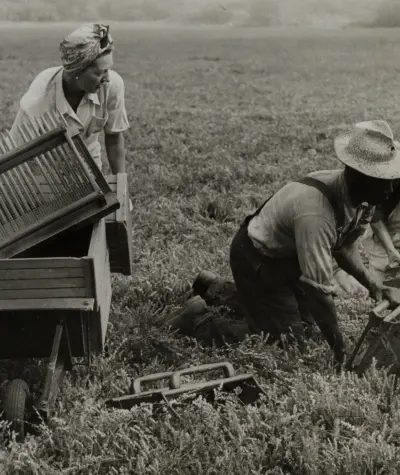
Survival Food
A high-energy meal for harsh winters and hunting trips. Indigenous people called it Pemmican. A mash and mix of cranberries and dried meat with a super long storage life.
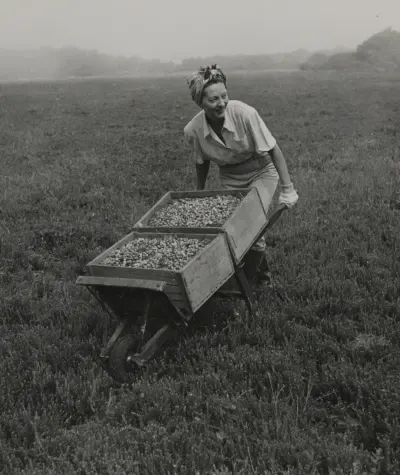
Medicinal Support
The cranberry has a long history of traditional health uses. Feel free wordsmith….
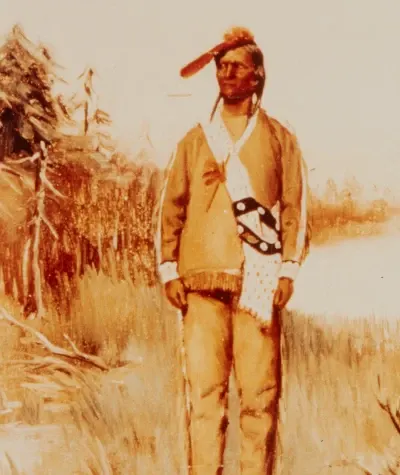
Fabric Dye
The rich juice of the cranberry became a natural dye, contributing to the creation of vibrant red and pink rugs, blankets and clothing.
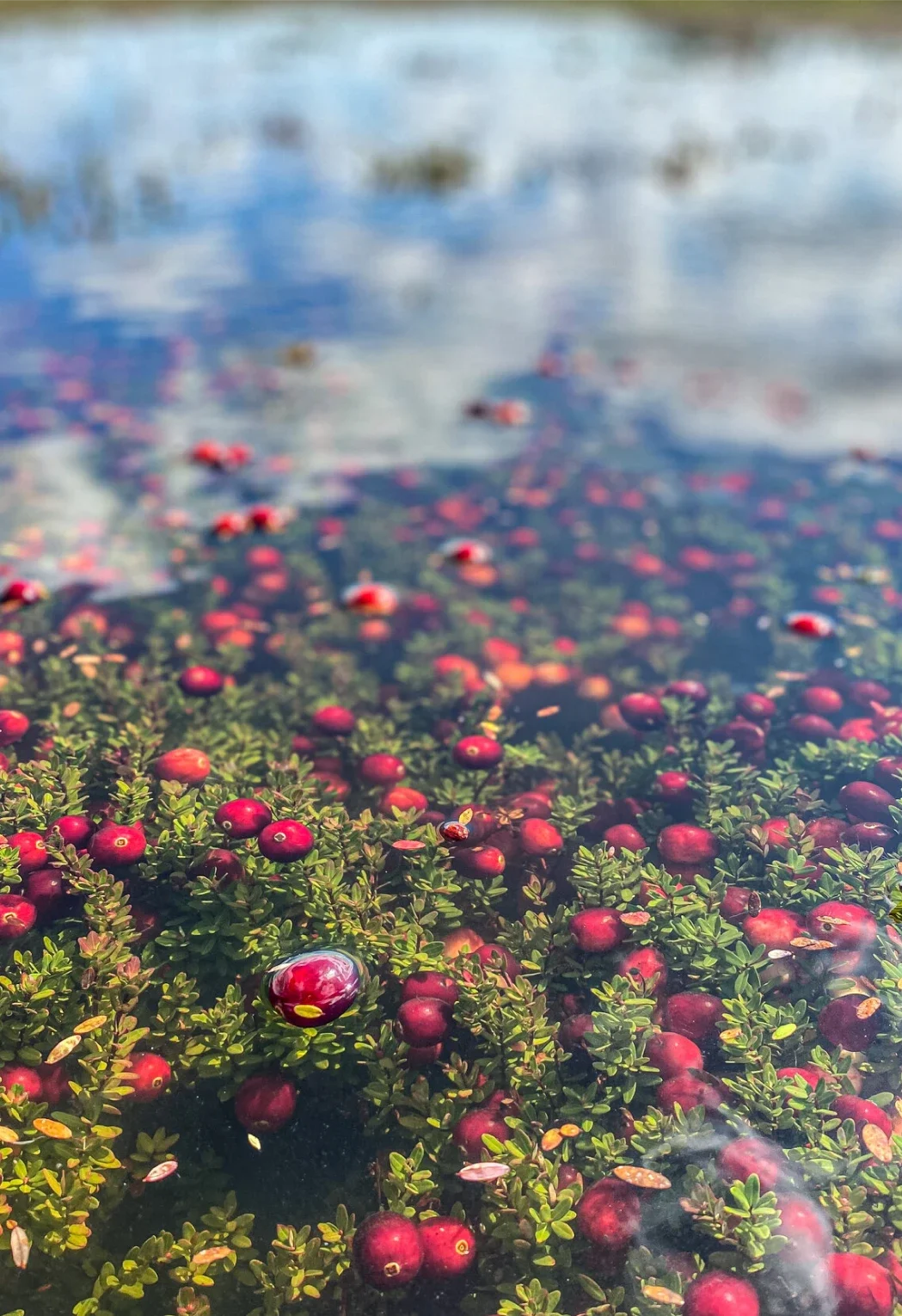
The OG Party Favour
Cranberries have been at it for a while – making plates suck a little less from the beginning. Even a cookbook from 1663 mentioned one of the first recipes for cranberry sauce. Then we made it history by canning it in 1930.
ONE. SUPER. FRUIT.
Fuelling good things from the inside
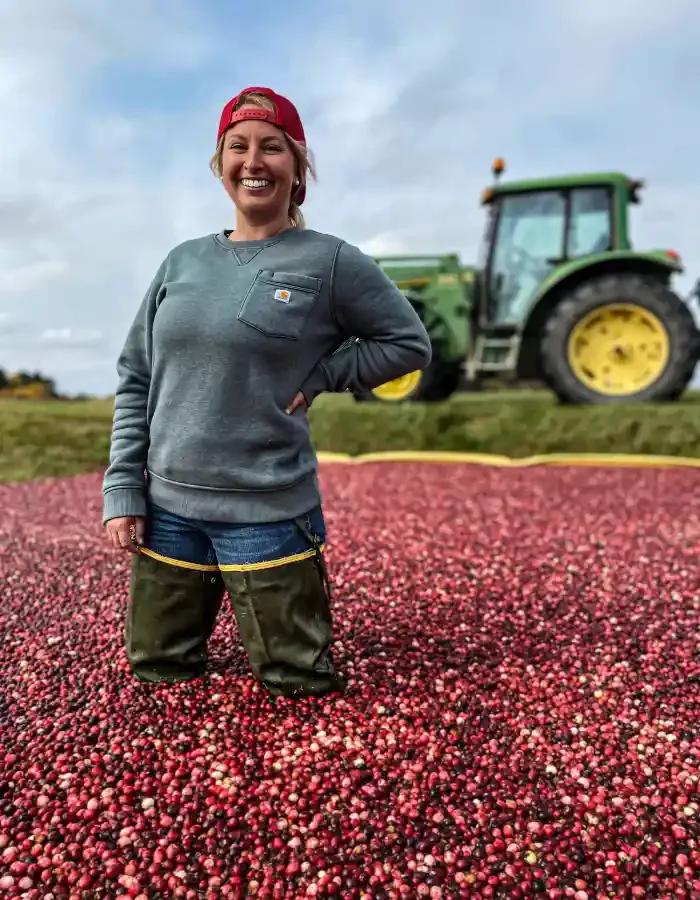
Heart Health
Cranberries contain a greater concentration of polyphenols than most commonly consumed fruit, and therefore, research suggests that cranberries may help support circulation, improve blood pressure and maintain cardiovascular health. *
Source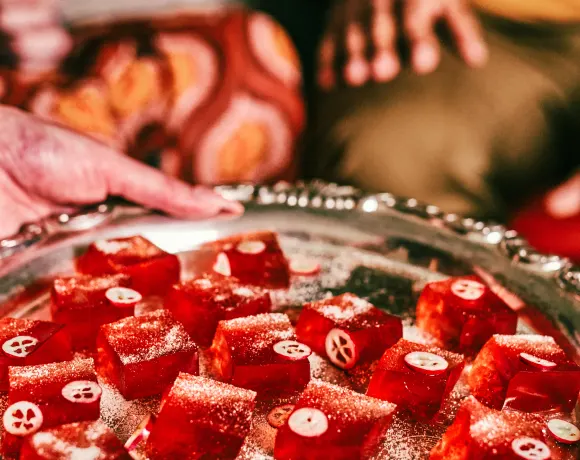
Urinary Tract Balance
Among the most well-known benefits, cranberries have anti-adhesion properties that may help prevent certain bacteria from sticking within the body.
Source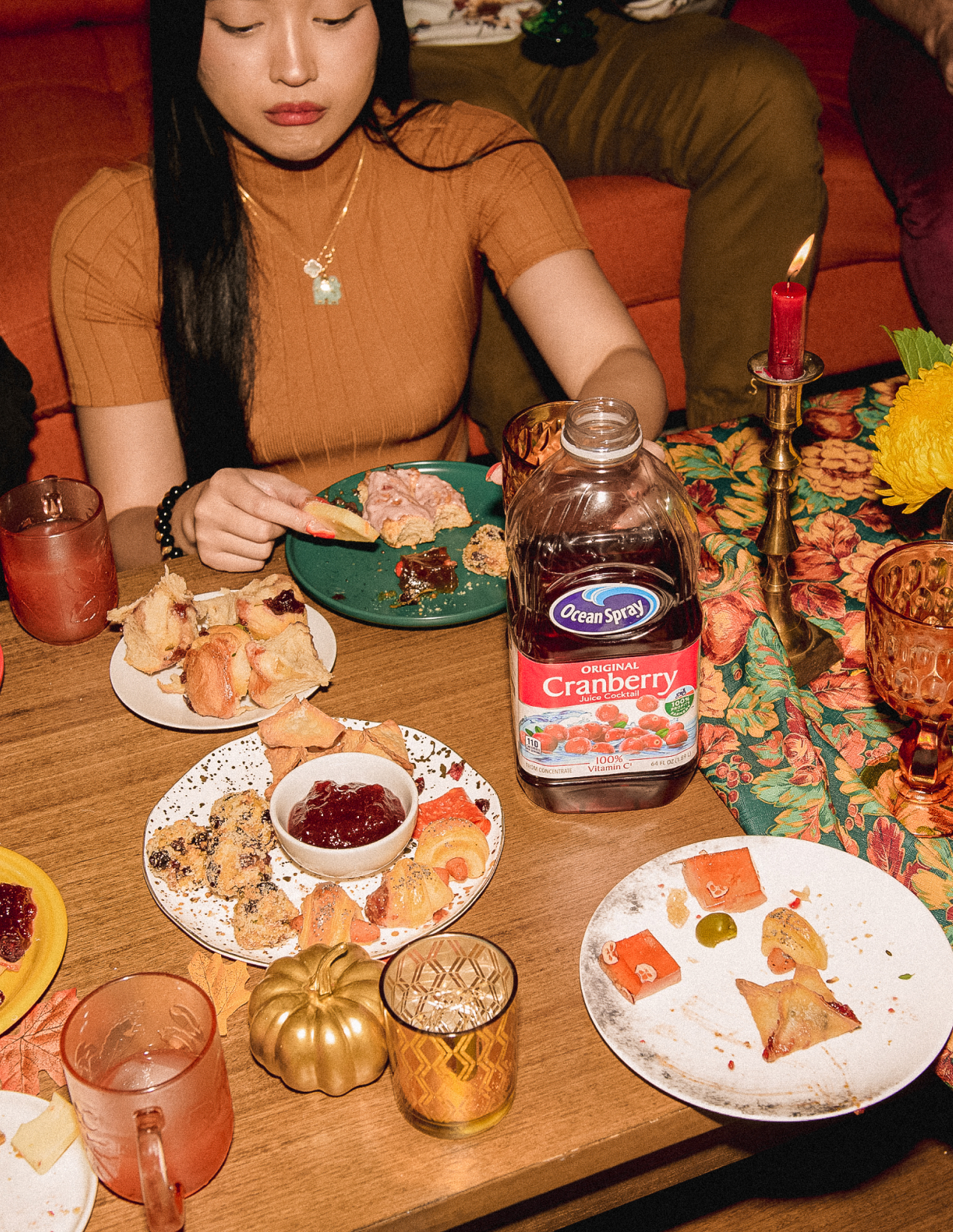
Good for the Gut
Research in progress. These tiny helpers may reduce bad bacteria in the stomach to maintain your microbiome. *
Source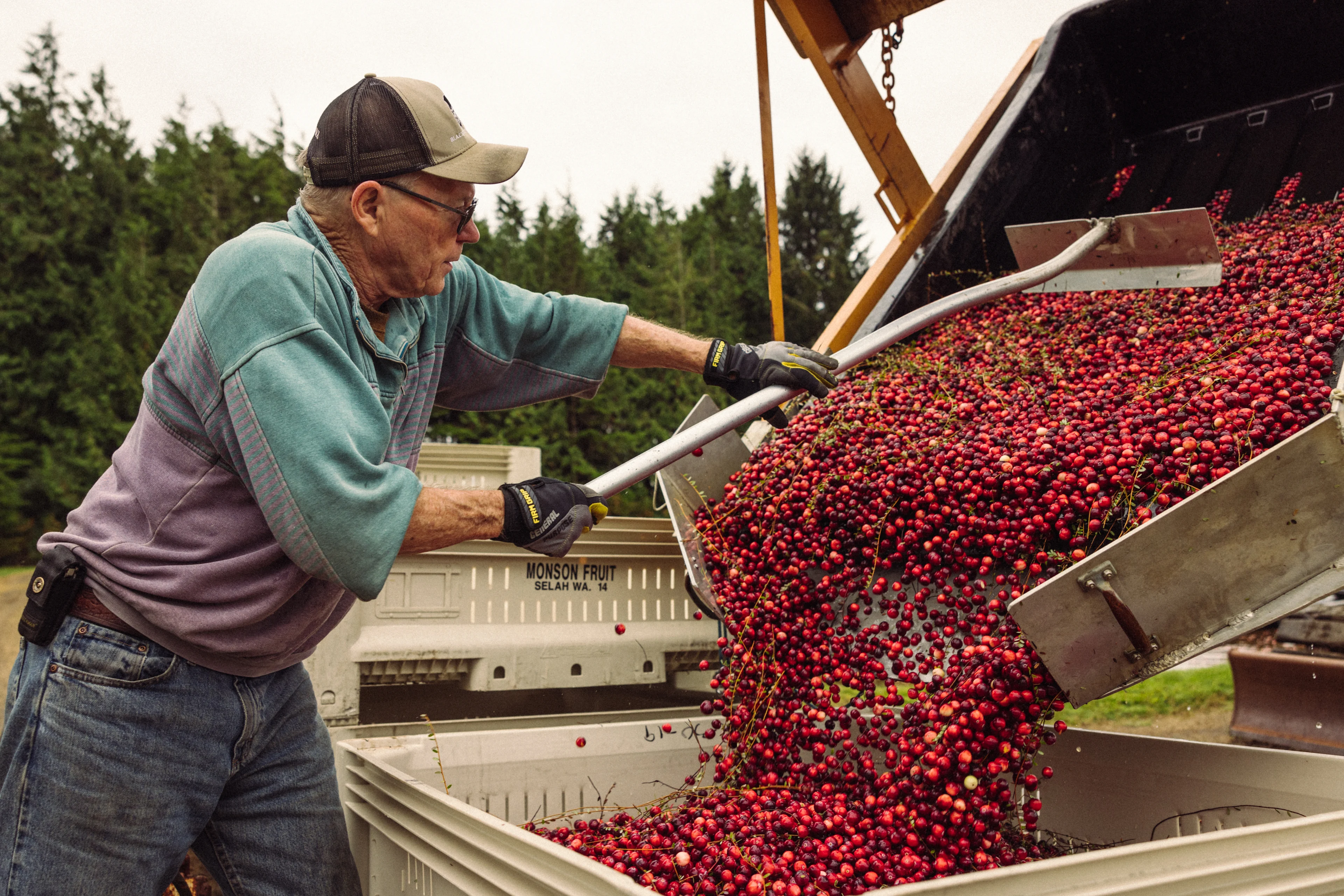
Happy Teeth And Gums
Alongside regular care, cranberries may help keep harmful bacteria and inflammation at bay. *
Source